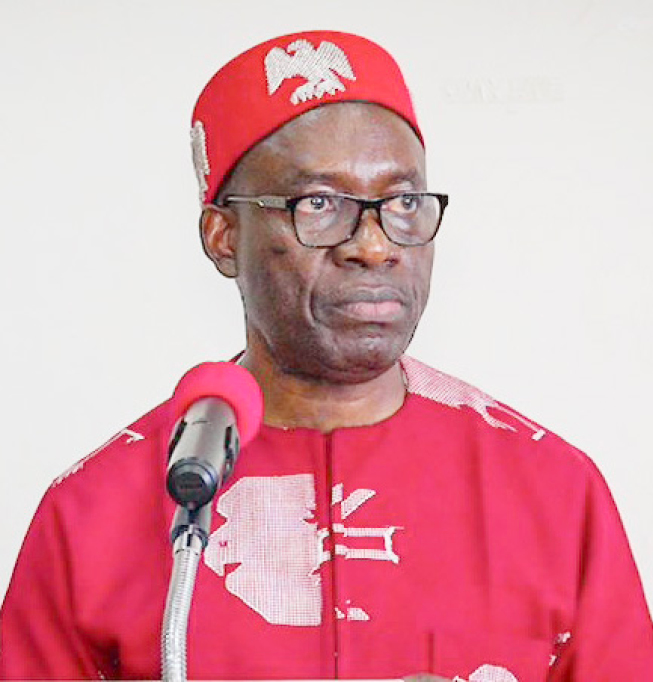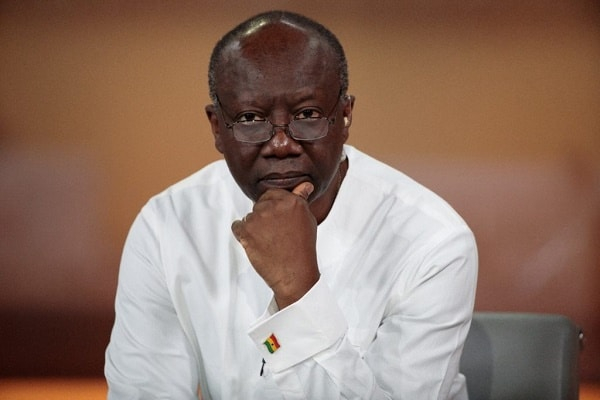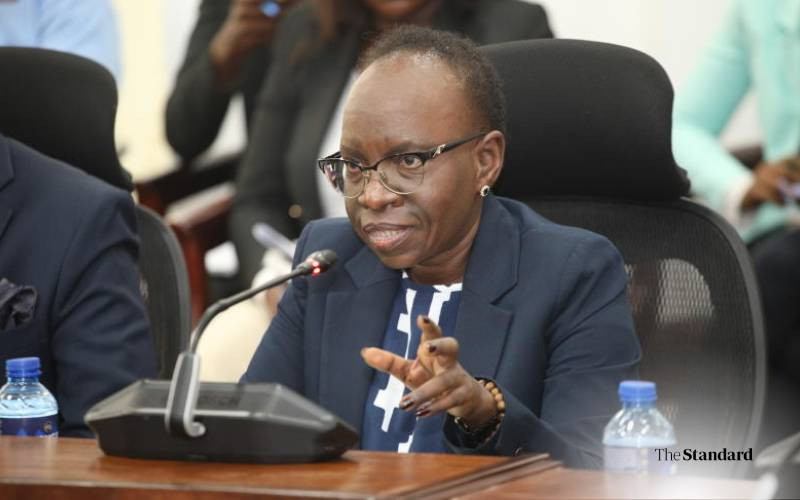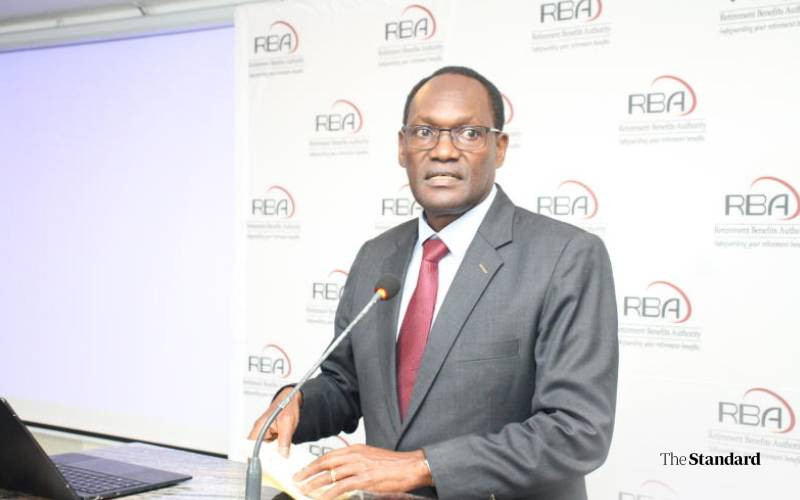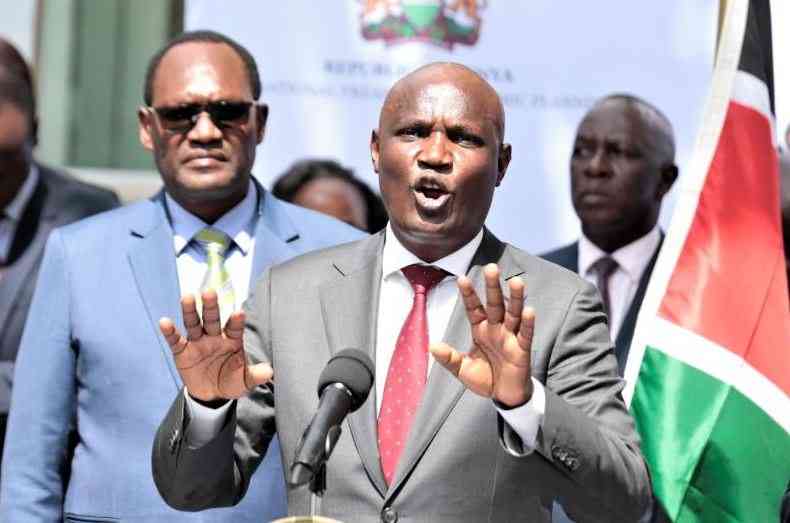Auditor General seeks review of Finance Act to sanction entities
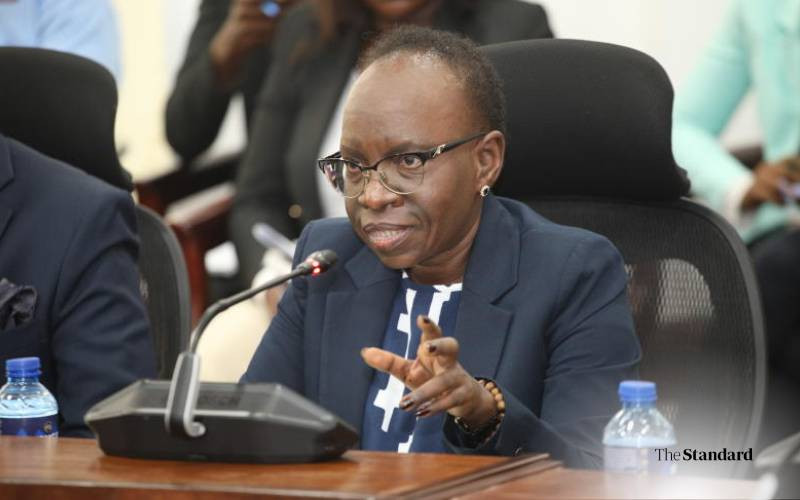
[Elvis Ogina, Standard]
The Office of the Auditor General (OAG) now wants the National Assembly to amend the Public Finance Management (PFM) Act, 2012, to include sanctions, as part of instilling fiscal discipline.
Auditor General Nancy Gathungu told the National Assembly Committee on Budget and Appropriations that the Act should be amended to include sanctions for non-implementation of audit and parliamentary recommendations to instil fiscal discipline.
She is also seeking Parliament to amend the PFM Act 2012 to require public sector entities to submit financial statements to the Auditor General within one month after the close of the financial year.
“Parliament should prioritise consideration and deliberation of performance audit reports and address the identified inefficiencies, wastefulness, and other bottlenecks to inform improved service delivery to the public and national development goals,” Gathungu told the committee.
The Office of the Auditor General also wants the Budget and Appropriations Committee and the National Assembly to enforce the implementation of the resolution that National Treasury facilitates the OAG with a single line budget to enhance its efficiency in responding to emerging audit needs.
She also noted the need for Parliament to take the lead in discussion on a viable and cost-effective approach in determining the values of government assets and the process to be followed to ensure minimal costs.
At the same time, Gathungu outlined policy issues that are likely to affect budget implementation for the Financial Year 2025/2026, informed by observations made from OAG’s annual audits of the financial statements.
According to her, the annual estimates for the financial year 2025/2026 project ordinary revenue at Sh2.757 trillion, estimated at 14.3 per cent of Gross Domestic Product (GDP), up from Sh2.581 trillion at 14.8 per cent of GDP in the financial year 2024/2025 supplementary plan.
This, however, she said, falls short of the World Bank’s recommended minimum tax-to-GDP ratio of 15 per cent, and over the last five financial years, ordinary revenue collections fell short of targets.
She has also been raising concerns over the challenge of tax revenue collection in her audit reports. The audited revenue accountability statement by the Kenya Revenue Authority (KRA) indicated tax revenue arrears of Sh2.334 trillion as at 30 June 2024.
These arrears, she explained, arise as a result of KRA compliance reviews, tax audits, tax due from the filing of annual returns, default assessments, and unremitted deductions.
The balance of Sh2.334 trillion was Sh1.334 trillion or 133.49 per cent higher than the Sh999.6 billion reported as at June 30, 2023.
“The balance includes additions in arrears that were not collected for the financial year 2023/2024 of Sh2.065 trillion. The amount of Sh2.065 trillion relating to the FY 2023/2024 is equivalent to 91.8 per cent of the total Treasury recurrent revenue collections of Sh2.250 trillion for the same period, an indication that the set targets for revenue by the Authority are way below the possible tax yield,” Gathungu told the committee.
Stay informed. Subscribe to our newsletter
She also explained that the annual revenue shortfalls and high tax arrears indicate a potential fiscal challenge, as revenue generation will most likely not meet initial expectations or budget projections.
She said there are indicators of inadequate revenue planning and forecasting. The 2022 Kenya Public Expenditure and Financial Accountability Assessment (PEFA) report indicated that Kenya’s fiscal discipline is weakened by the unreliability of aggregate revenue outturn, caused by over optimistic targets.
“If the trend continues, it will be difficult to meet the expenditure projections for 2025/2026 without resulting in additional borrowings. We recommend that the National Treasury adopt a more cautious approach to revenue forecasting, taking into account historical trends and potential risks to economic growth,” Gathungu advised.
According to her, this will avoid overestimating revenue projections and ensure that expenditure commitments are aligned with realistic resource projections.
She has since urged the government to strengthen tax administration efforts to improve compliance and expand the tax base, which includes modernising tax collection systems, enhancing taxpayer services, and addressing tax evasion and avoidance.
At the same time, she said the annual estimates for the FY 2025/2026 projects total expenditure and net lending at Sh4.24 trillion, 22 per cent of GDP, from Sh4 trillion at 22 per cent of GDP in the FY 2024/2025 supplementary budget
She said recurrent expenditure is projected to decline from 16.9 per cent of GDP in FY 2024/2025 supplementary budget two to 16.2 per cent of GDP in FY 2025/2026, while development expenditure is expected to increase progressively from 3.8 per cent of GDP to above four per cent of GDP over the medium term.
“Our audits indicate there has been inadequate allocation for development funding, and also a significant challenge in absorbing development expenditure. In the FY 2023/2024, development expenditure was allocated only 15 per cent (Sh708.85 billion) out of the gross expenditure of Sh4.26 trillion,” she noted.
In the proposed annual estimates, development expenditure has been allocated Sh643.9 billion, which is 25.8 per cent of national government expenditure of Sh2.498 trillion (excluding Consolidated Fund Services and transfers to county governments.
This, she said, is contrary to the provisions of Section 15(2)(a) of the Public Finance Management Act, 2012, which requires that, over the medium term, a minimum of 30 per cent of the National and County Governments' budgets be allocated to development expenditure.
Additionally, she told the committee that the audits of donor-funded projects indicate that the projects continue to experience low absorption of funds.
For instance, in the financial year 2023/2024, 14 projects which had total project allocations of Sh515.1 billion had not utilised Sh304.4 billion or 59.1 per cent of the total allocation.
She said some of the projects were lapsing, posing risks that the projects would end without implementing all the planned activities and therefore, not likely to meet the project’s objectives.
Similarly, she explained that some of the projects have clauses that attract commitment fees for any undrawn amounts, leading to wastage of funds and a lack of value for money.
“Between the financial year 2020/2021 and the financial year 2023/2024, the government paid commitment fees totaling Sh6.569 billion on undrawn amounts in respect of loans signed between the Government of Kenya and foreign lenders,” she noted.
Some of the projects include the East Africa Skills Transformation and Regional Integration Project IDA Credit No.6334-Ke, which was to run for five years from 2018 to 2024 with an approved budget of Sh1086,168,320 billion from the donor (World Bank).
As at 30 June, 2024, the Project had drawn Euros 5.33 million, equivalent to Sh526.4 million or 61 per cent of the donor commitment for the five years the project had been in operation, leaving an undrawn balance of Sh137.3 million for the remaining one-year period.
Similarly, the Kapchorwa-Suam-Kitale and Eldoret Bypass Roads Project (Kenya) ID No. P-Z1-DBO-183 had an undrawn balance of Sh8.2 billion, which represents 35 per cent of the expected total funding, by September 30, 2023.
Further, the National Urban Transport Improvement Project Loan No.5140 – KE had an undrawn balance of Sh16 billion, representing 84 per cent of the donor funding, with the project having been scheduled to be finalised by June 30, 2024.
The multinational Horn of Africa Isiolo - Mandera Corridor (El Wak – Rhamu Road) upgrading project had drawn only an amount of Sh16 million, representing 0.07 per cent of the total commitment as at June 30, 2024, compared to 40 per cent of the project period, which had already elapsed.





